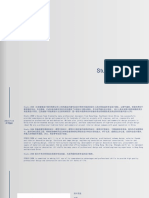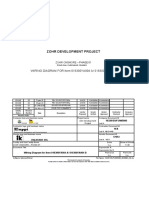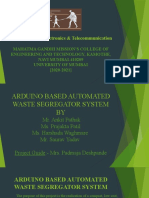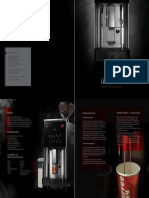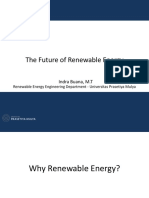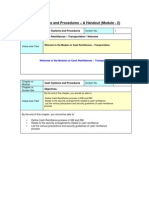0% found this document useful (0 votes)
0 views54 pagesCh 1 Introduction
The document outlines the course titled 'Artificial Intelligence Applications in Power System' for a Master's degree in Electrical Power Engineering, covering various optimization techniques including linear programming, dynamic programming, and their applications in power systems. It emphasizes the importance of optimization in engineering design and decision-making to achieve maximum efficiency and minimum cost. The document also lists several reference books relevant to the course material.
Uploaded by
MD FIROZ ALAM KhanCopyright
© © All Rights Reserved
We take content rights seriously. If you suspect this is your content, claim it here.
Available Formats
Download as PDF, TXT or read online on Scribd
0% found this document useful (0 votes)
0 views54 pagesCh 1 Introduction
The document outlines the course titled 'Artificial Intelligence Applications in Power System' for a Master's degree in Electrical Power Engineering, covering various optimization techniques including linear programming, dynamic programming, and their applications in power systems. It emphasizes the importance of optimization in engineering design and decision-making to achieve maximum efficiency and minimum cost. The document also lists several reference books relevant to the course material.
Uploaded by
MD FIROZ ALAM KhanCopyright
© © All Rights Reserved
We take content rights seriously. If you suspect this is your content, claim it here.
Available Formats
Download as PDF, TXT or read online on Scribd
/ 54







